“A little flower that blooms in May. A lovely sunset at the end of a day. Someone helping a stranger along the way. That’s heaven to me.”
–Sam Cooke

Our noggins contain multitudes
Each of us is made of billions of cells which reach out and join with others. These networks of linked neurons and glial cells make us who we are, and let us perceive, think, build and create. When separated by trauma or injury they are surprisingly plastic, able to form new synapses and develop inspiring and innovative approaches to navigating our complex world.

The COVID-19 pandemic has killed millions, upended social networks, scattered us to isolated locations and made it harder for many to connect. But just like our mutable brain cells, we’ve adapted, reached out and developed new approaches to our ever-changing world.
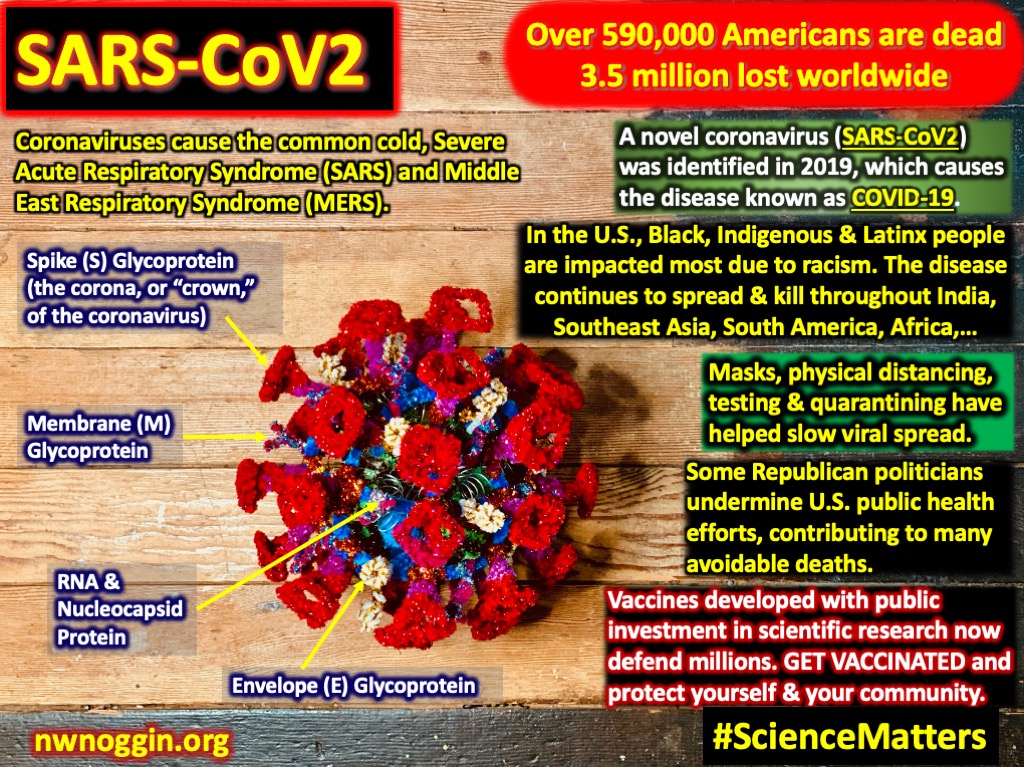
LEARN MORE: Reconnecting our brains – one cell at a time
LEARN MORE: Pandemic connections
Brains in Astoria

So we were thrilled to return to Astoria, Oregon, a remarkable historic city near the mouth of the Columbia River built on lands taken from the Clatsop, Chinook and Kathlamet tribes, and hear what high school juniors and seniors are learning about their brains!

We’ve connected in person before to discuss research, make art, contemplate the lifecycle of salmon and consider insightful and challenging student questions about neuroscience, psychology, creativity and brains.
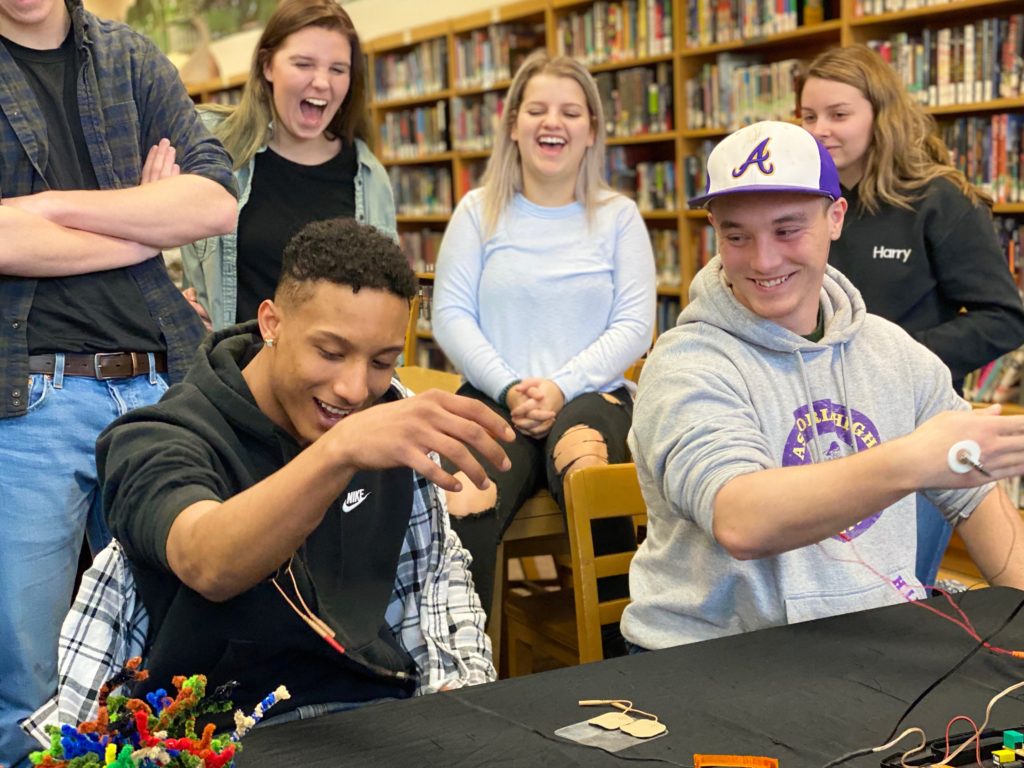
LEARN MORE: North Coast Noggins: Art, Alevins & Brains!
LEARN MORE: Accumbens in Astoria
Community connections
Together with Sara Oien, the Psychology teacher at Astoria High School and Meredith Payton, the College and Career Advisor for the TRIO Pre-College Program at Clatsop Community College, we organized two virtual, online outreach visits – and another LIVE, distanced, masked outdoor event at the college campus!
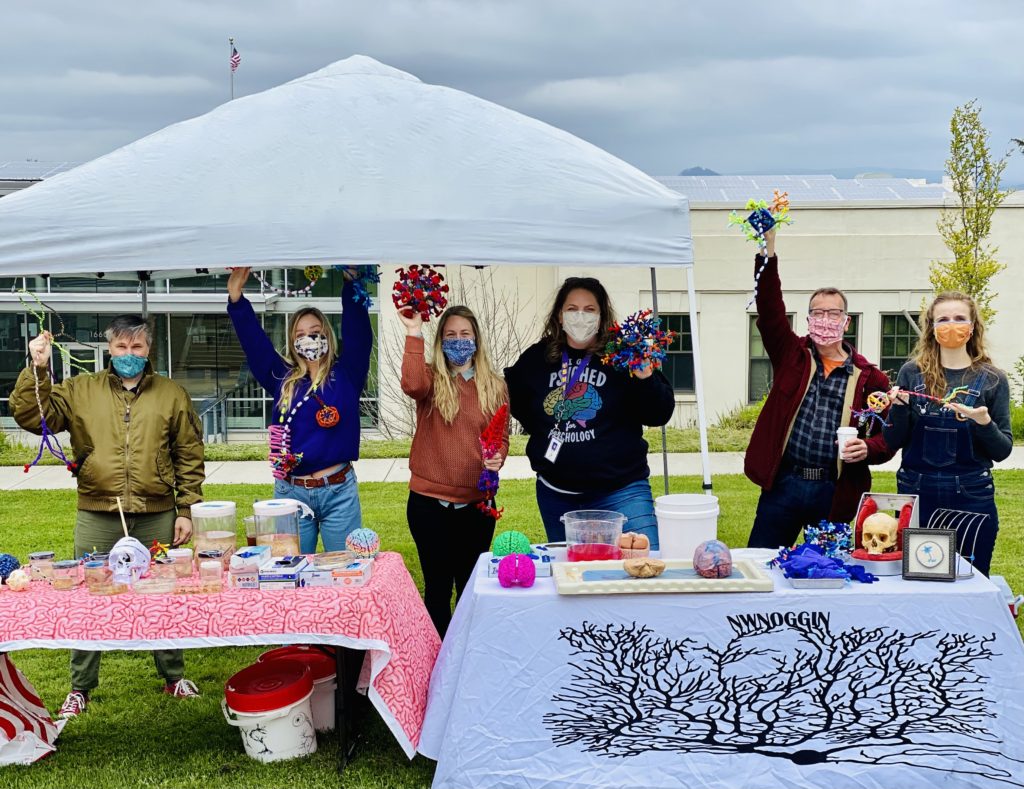
Our informed and depolarized volunteers included Jasmin Mabry, an Astoria High School graduate and current NIH BUILD EXITO scholar at Portland State University. Jasmin was excited to return to her alma mater, and was joined by fellow PSU undergraduates Andrea Rano (also a BUILD EXITO scholar), Melissa DeMoura, Roman Cimkovich, Alex Heinrich, Annika Hokanson, Magda Armendariz Sullivan, Kass Fitzgerald, Jessie L. Sheeran, Melissa Sek and PSU Neuroscience Club President Alisha Steigerwald.
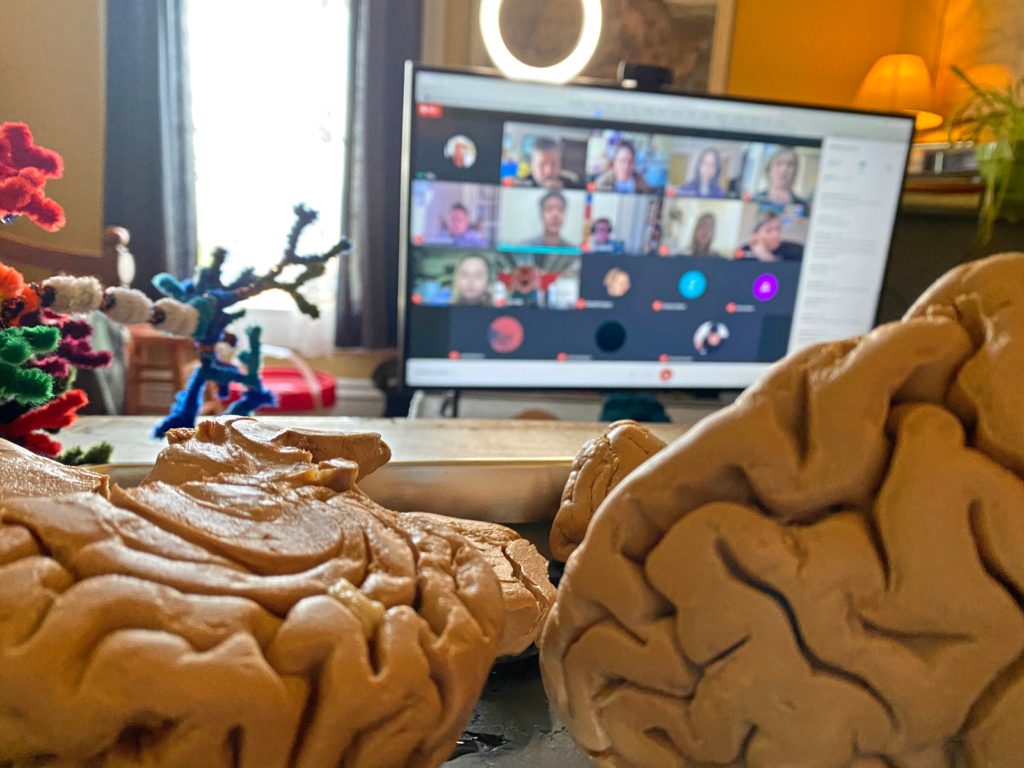
We were also honored to welcome two additional participants from the University of Chicago, Yuri Sugano from the Department of Neurobiology, who studies stress and social behavior, and Cassidy Wilson, the President of the Chicago Neuroscience Club!

Virtual classrooms
Multiple institutions, programs, backgrounds, time zones, locations – and for two afternoons we came together online to consider compelling questions from high school students in Astoria, present extra noggins by webcam and craft new brain cells out of local objects!
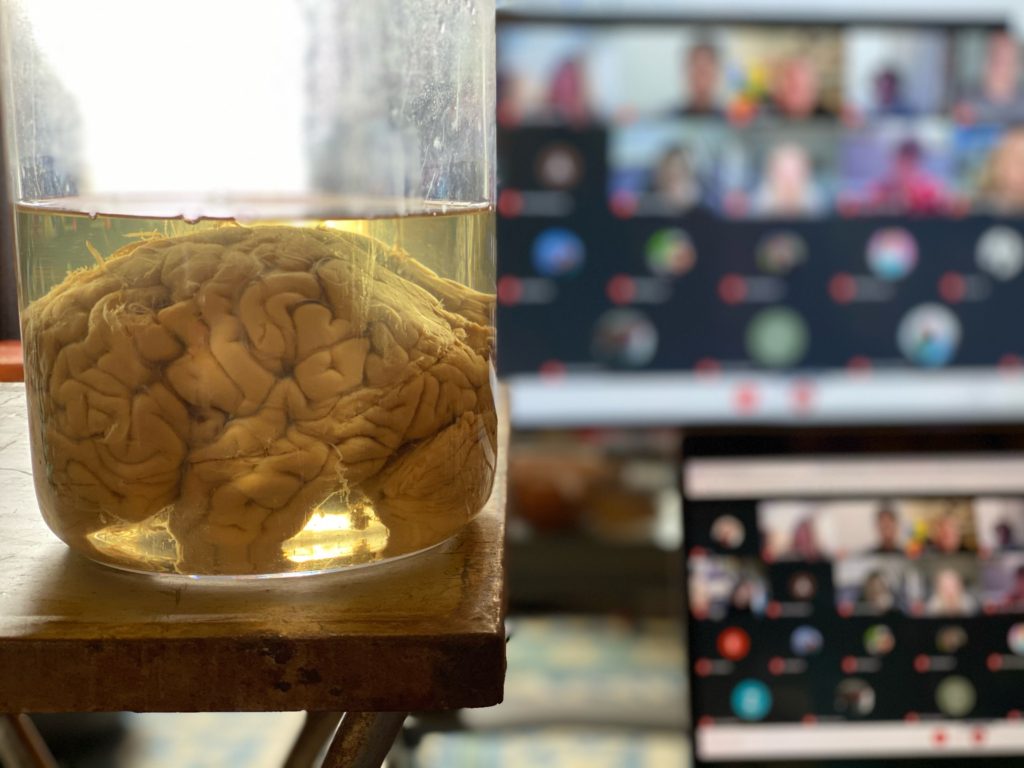
Found Object Brain Cells!
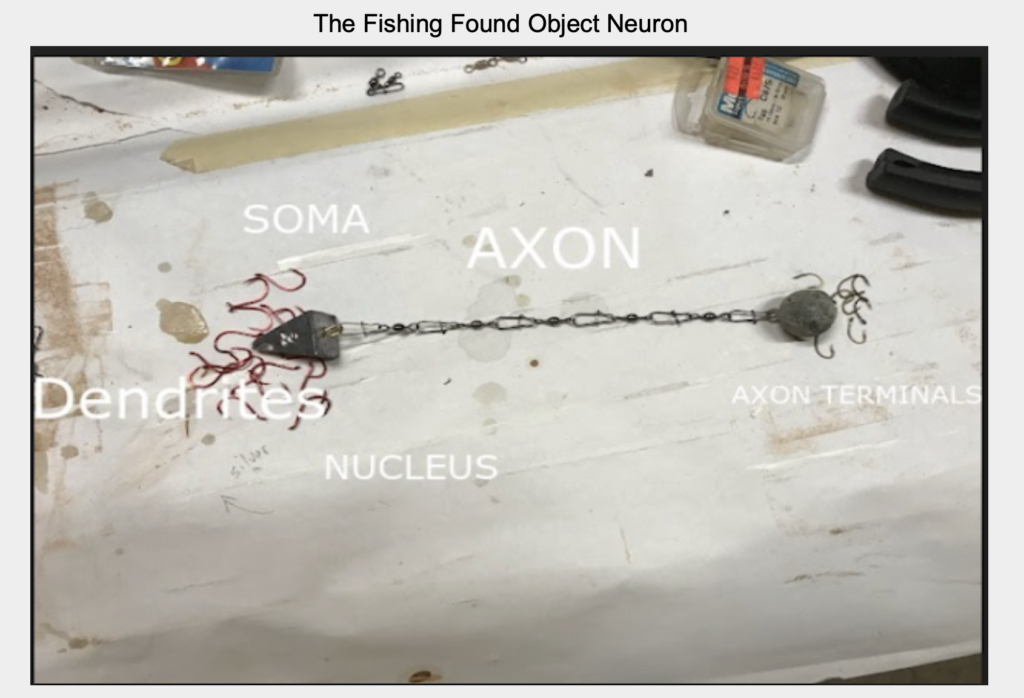
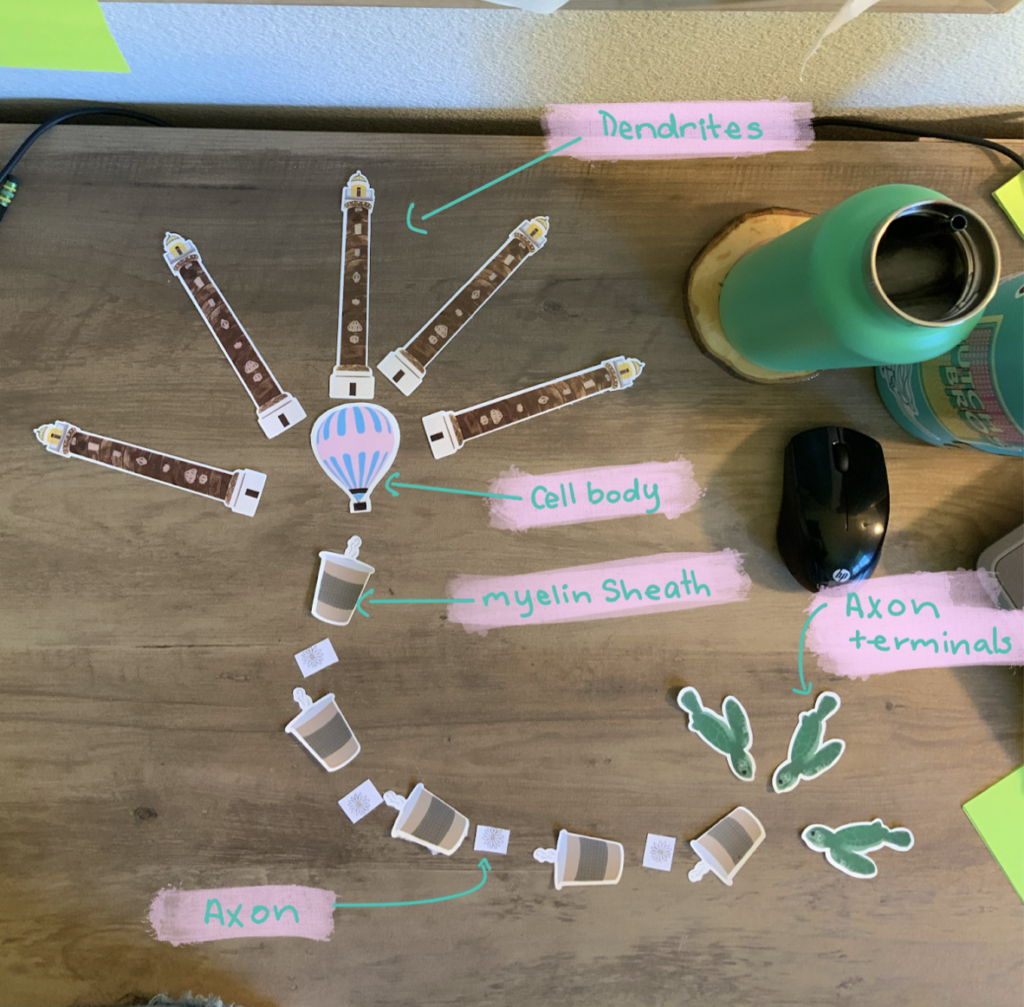
We LOVE this project, as people often incorporate materials that mean something to them, and reflect aspects of what they care about and where they are. We shared many innovative brain cells, including some Astoria-focused neurons from talented and creative students!
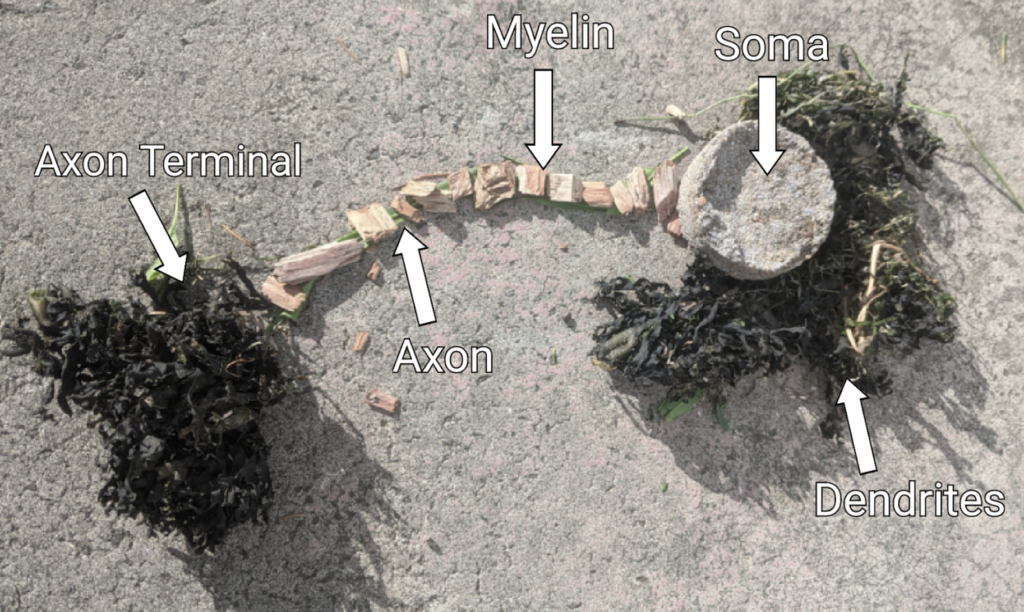
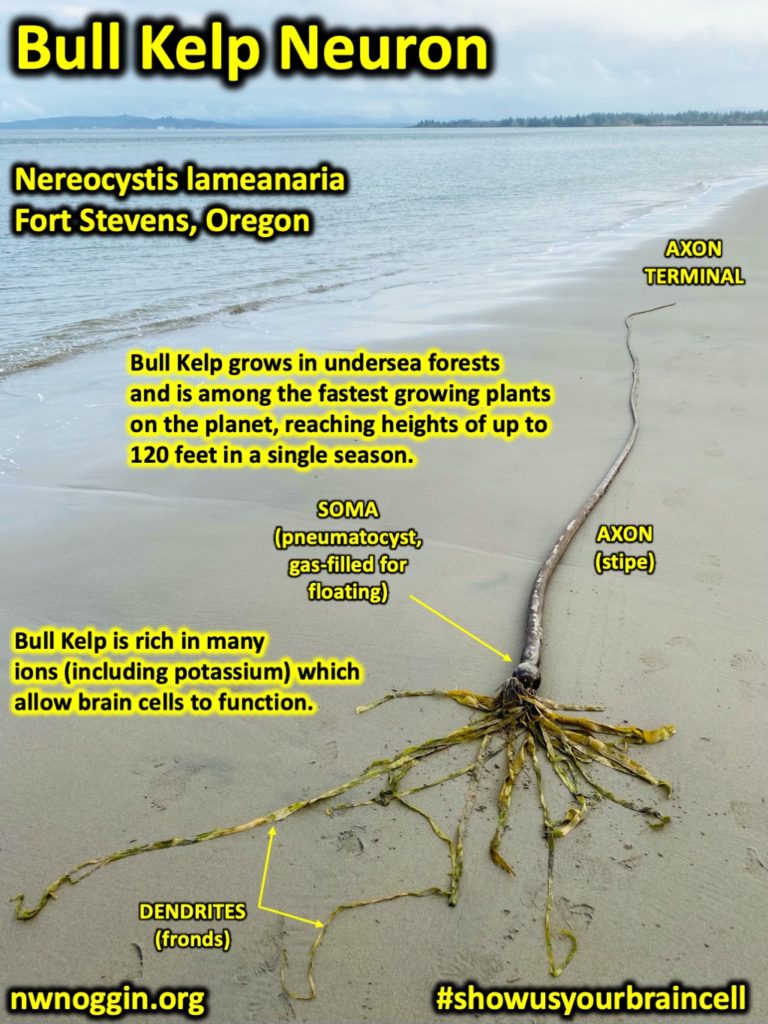

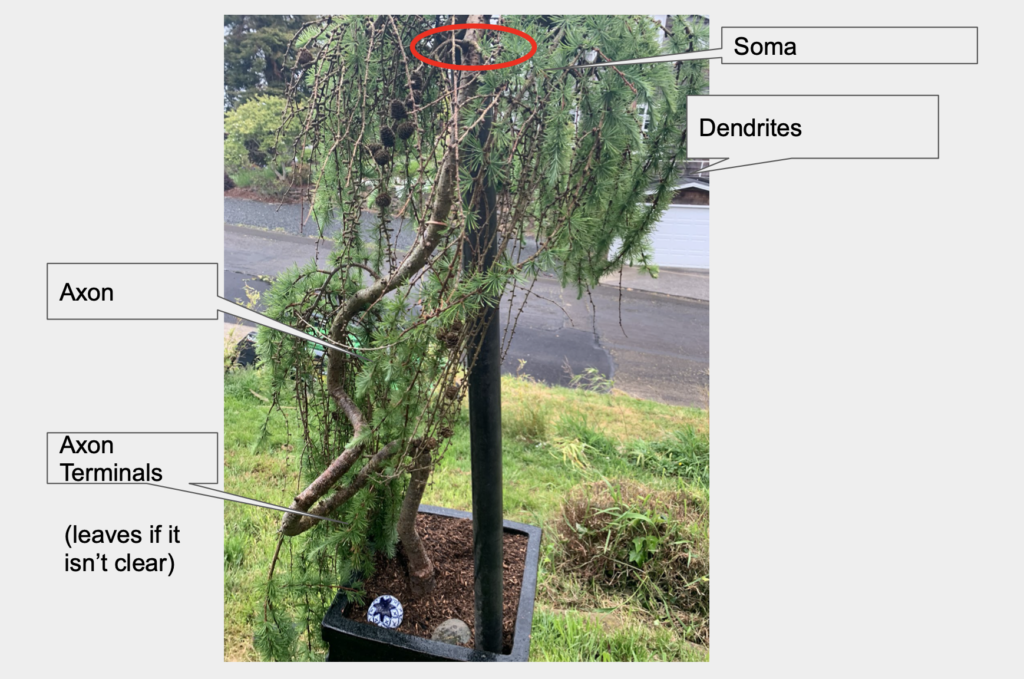
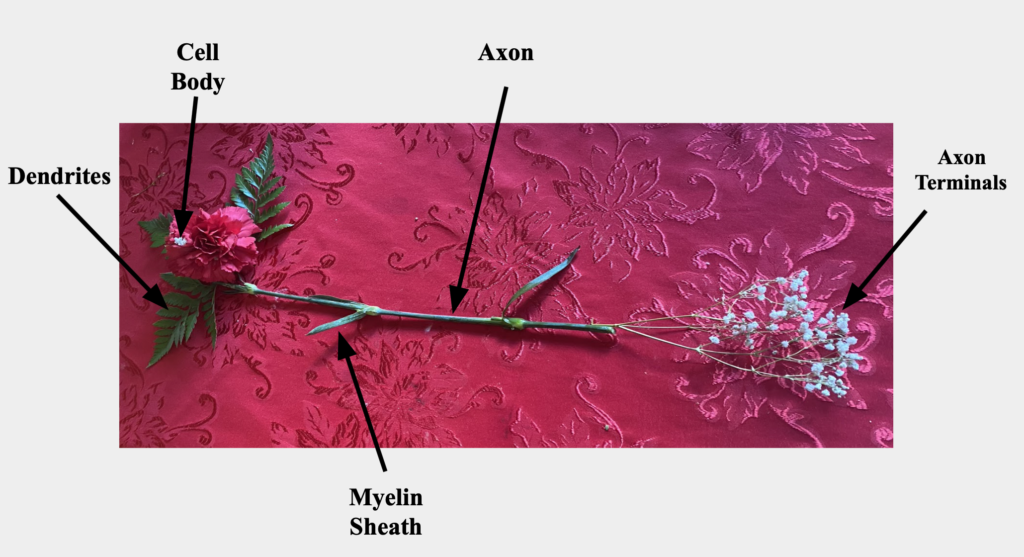
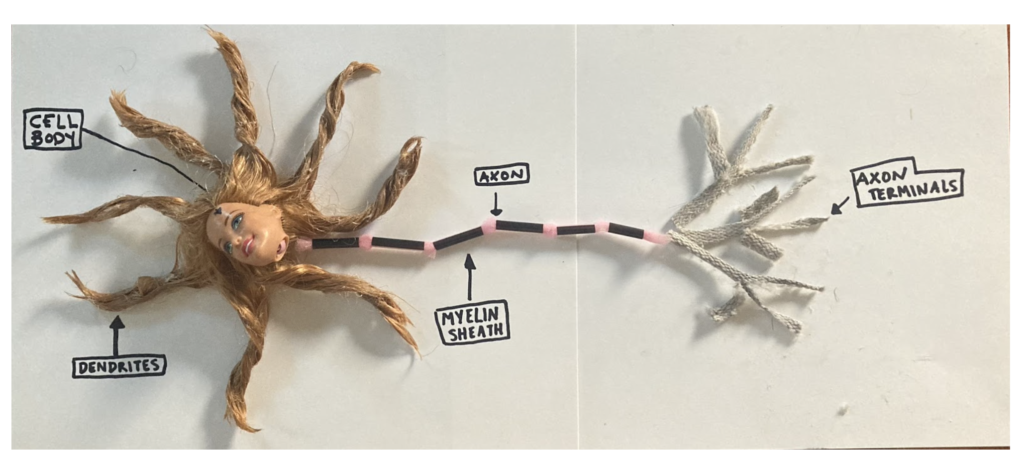
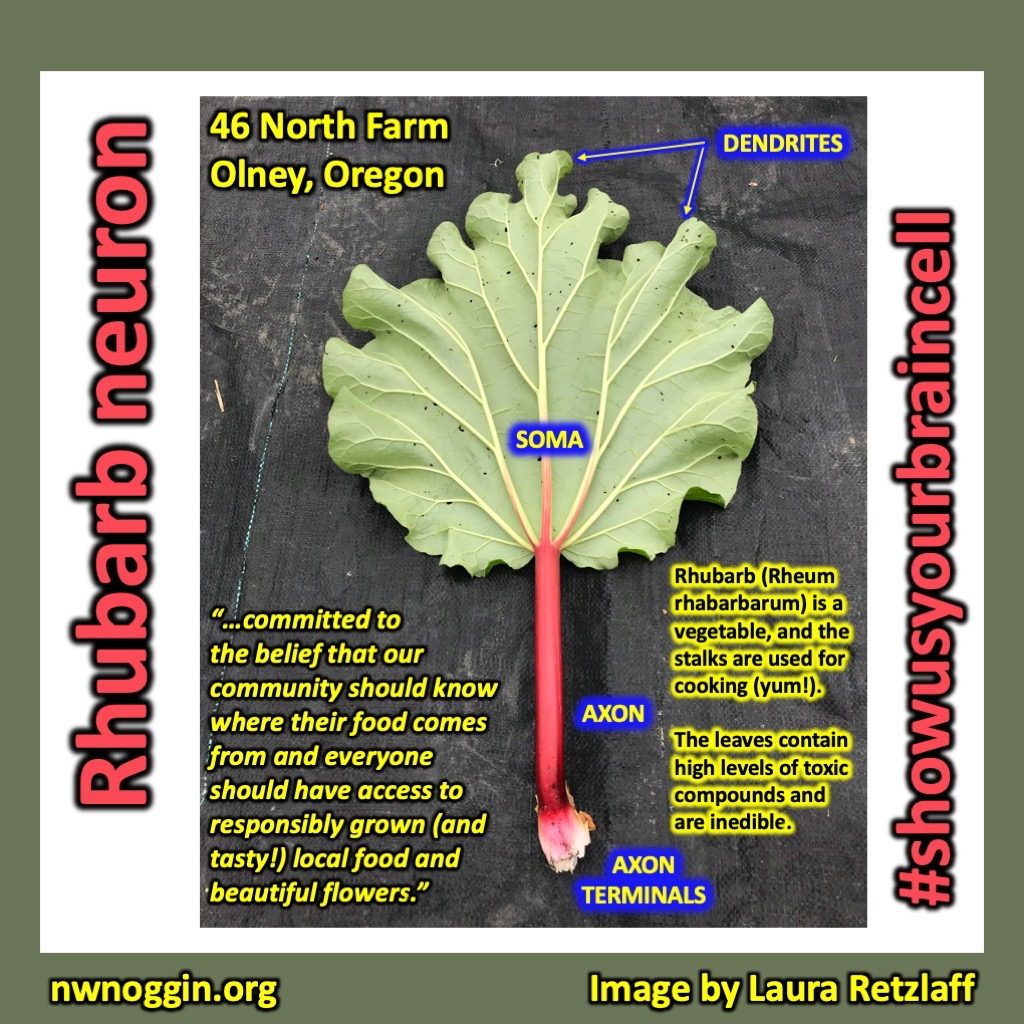

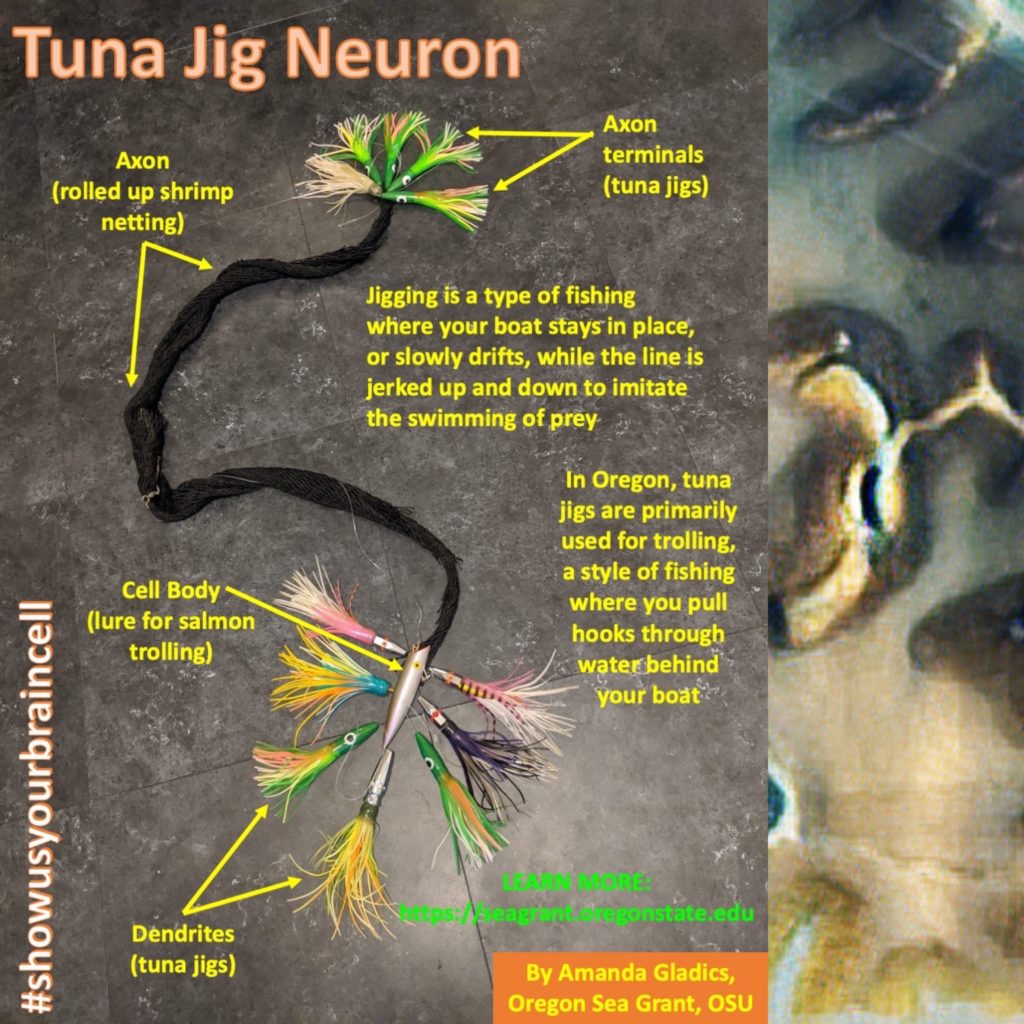

LEARN MORE: Found Object Brain Cells
LEARN MORE: NW Noggin STEAM Art Projects
Outreach in person!!
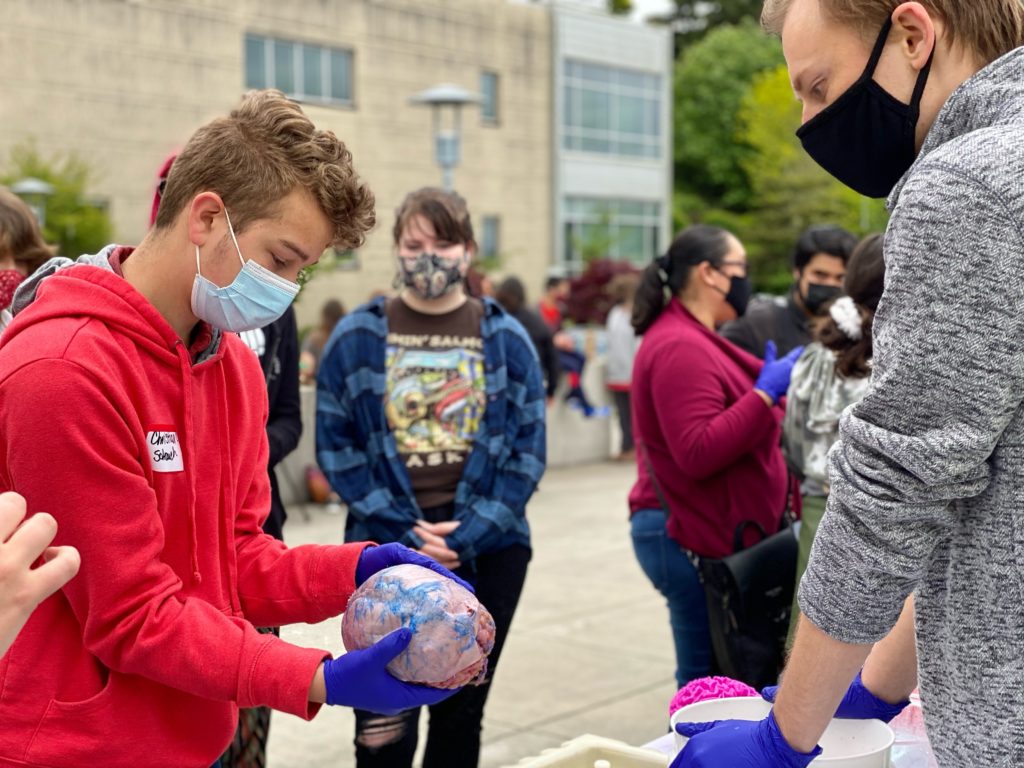
A dedicated group of fully vaccinated NW Noggin volunteers traveled a few hours west from Portland to talk about research, make MORE brain cells, and discuss questions raised by students and public visitors on the beautiful campus of Clatsop Community College!

WE MISS THIS!
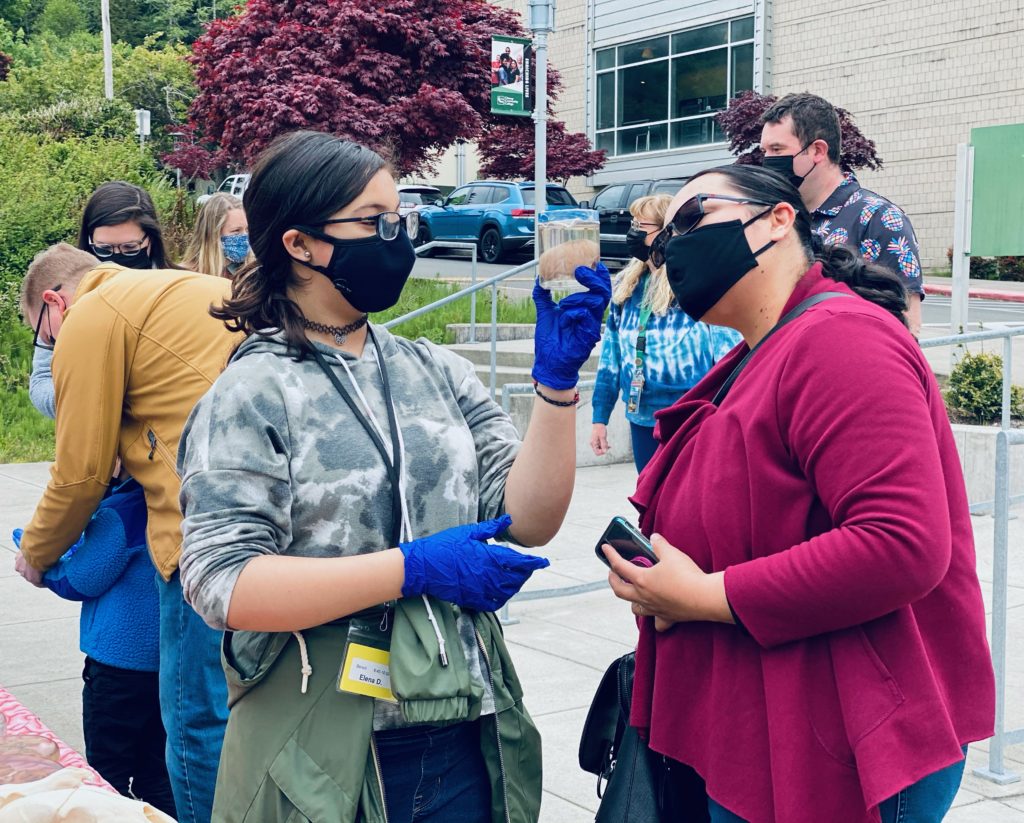


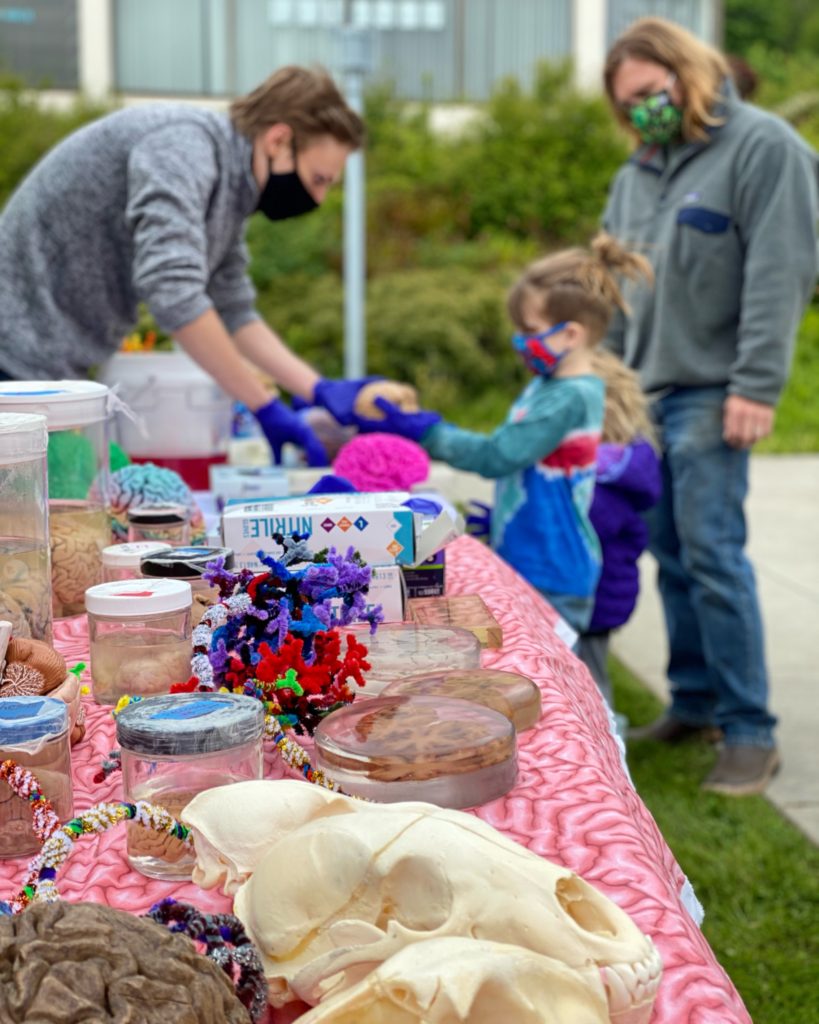

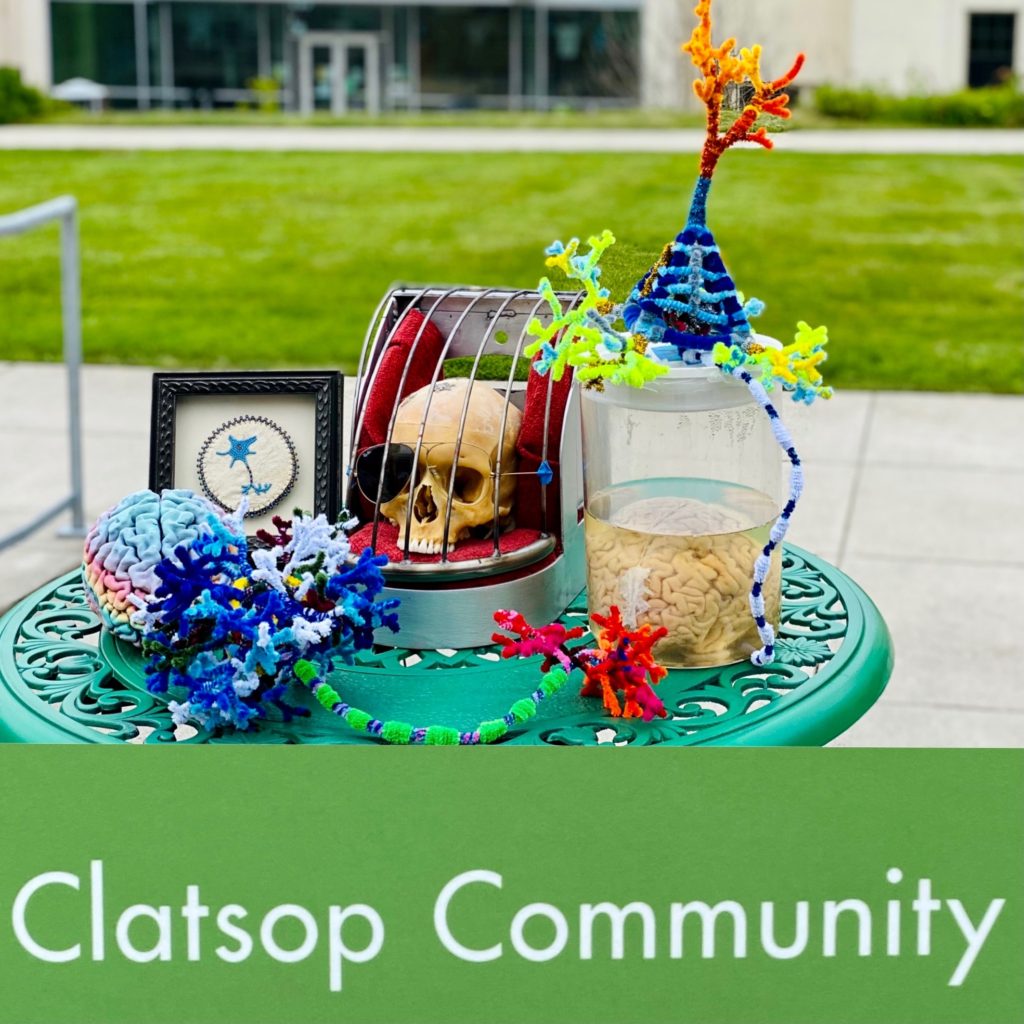
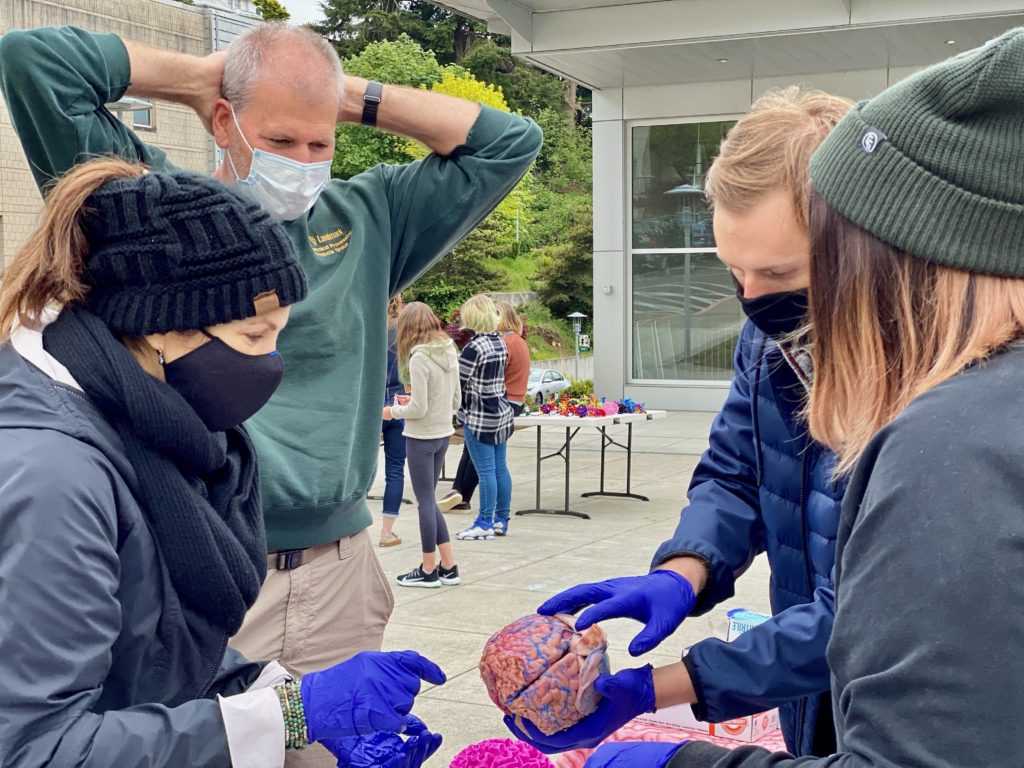
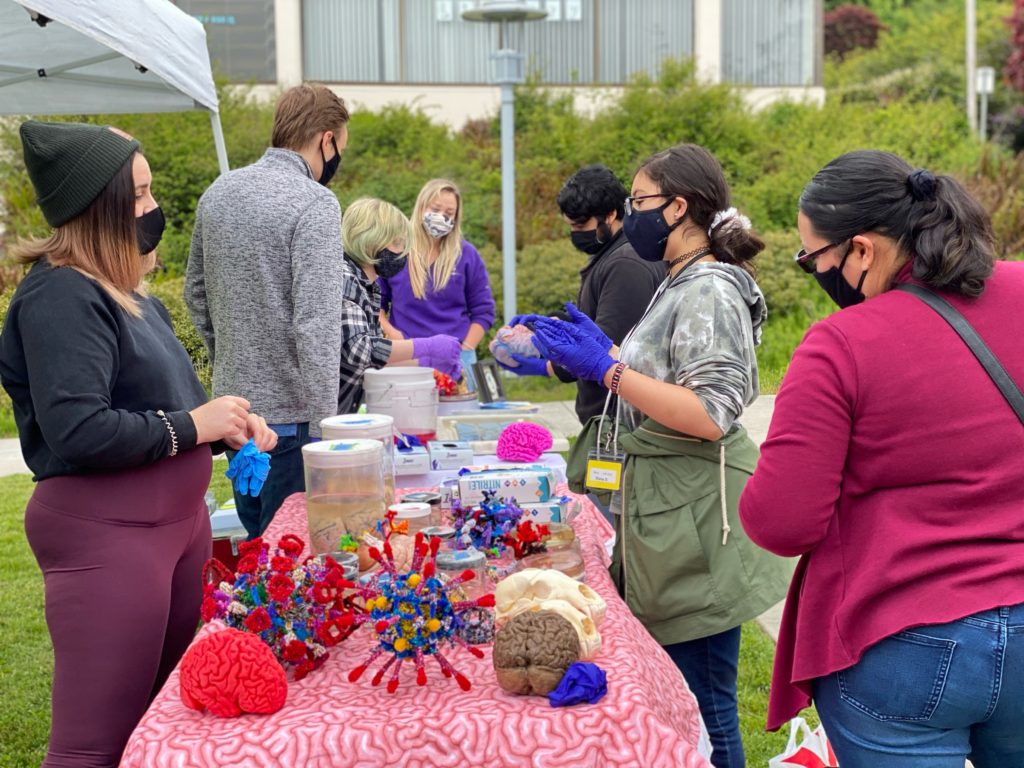
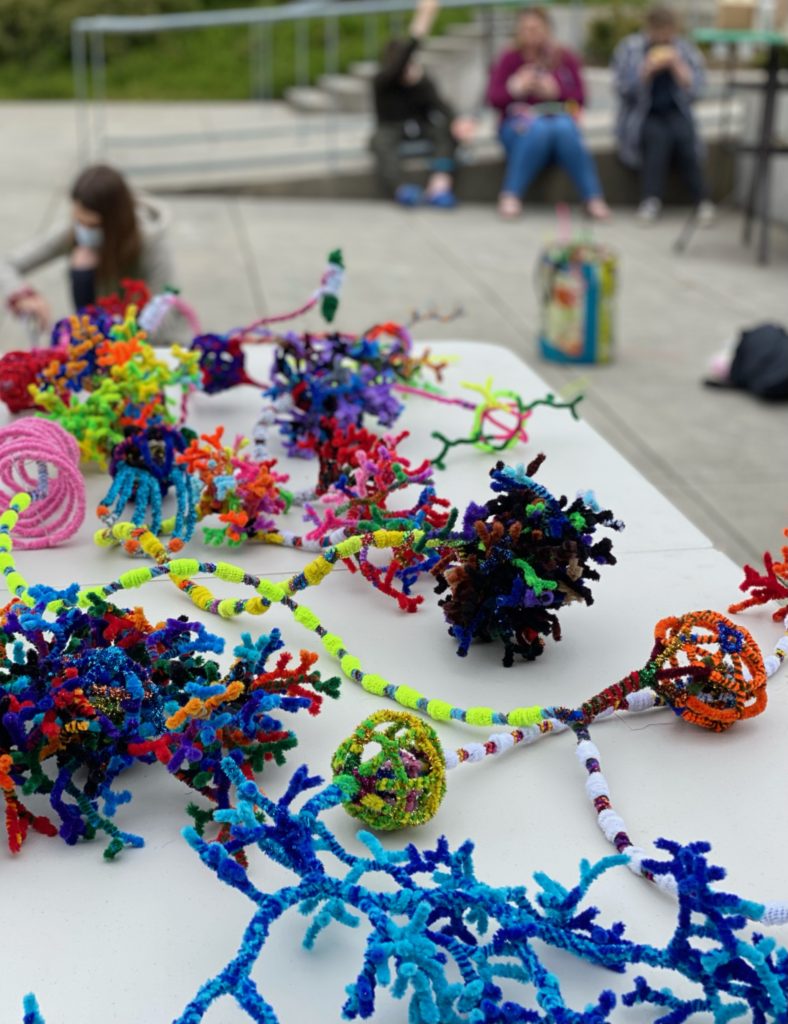
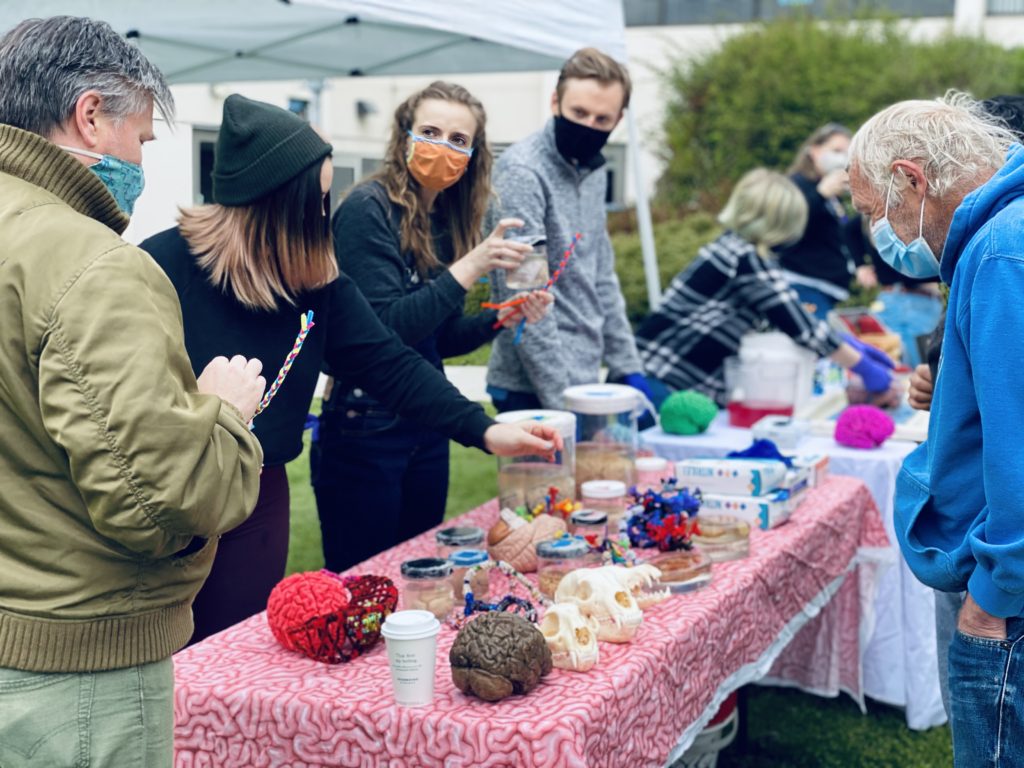

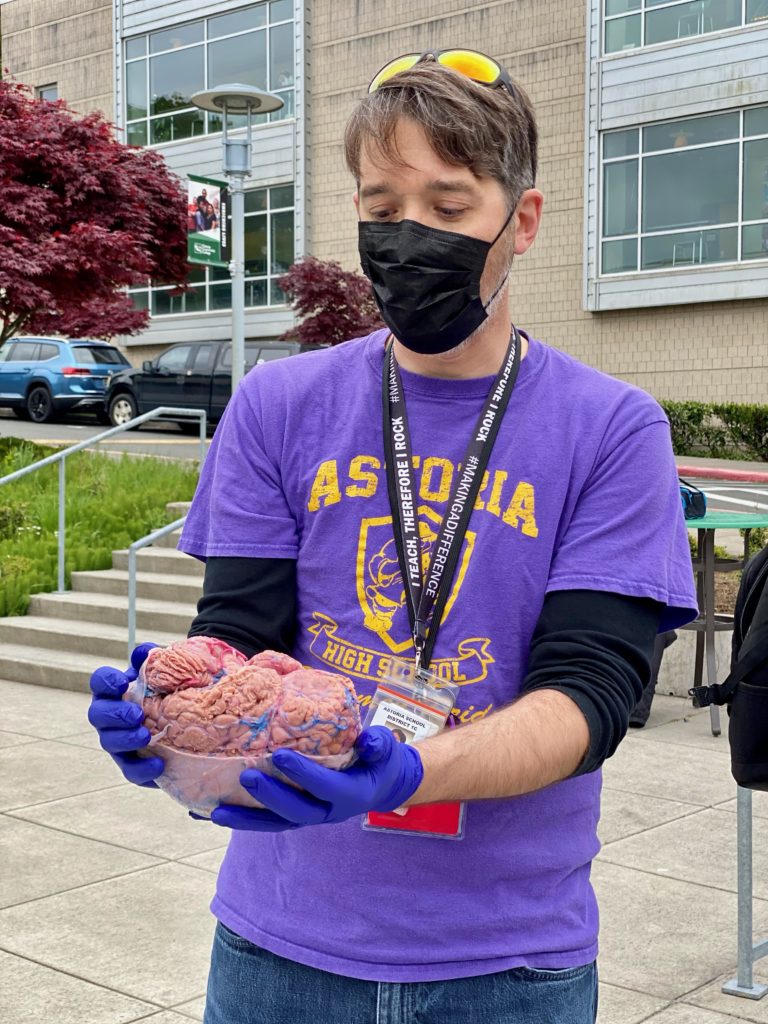
QUESTIONS!

Could you modify the brain to forget how to die, therefore living forever?
What are alters actually in DID?
“There is not a clear understanding of DID etiopathology, there is no standardized method of diagnosis, and as such, the disorder has been plagued by a history of fabrication case studies (North, 2015). For these reasons, the disorder is opposed by many psychiatrists. To address this controversy, researchers have begun to examine the neurological basis of DID in an effort to provide stronger physical evidence for the disorder.”
LEARN MORE: A systematic review of the neuroanatomy of dissociative identity disorder
What was one interesting thing learned from Henry M.’s brain? (Patient H.M.)
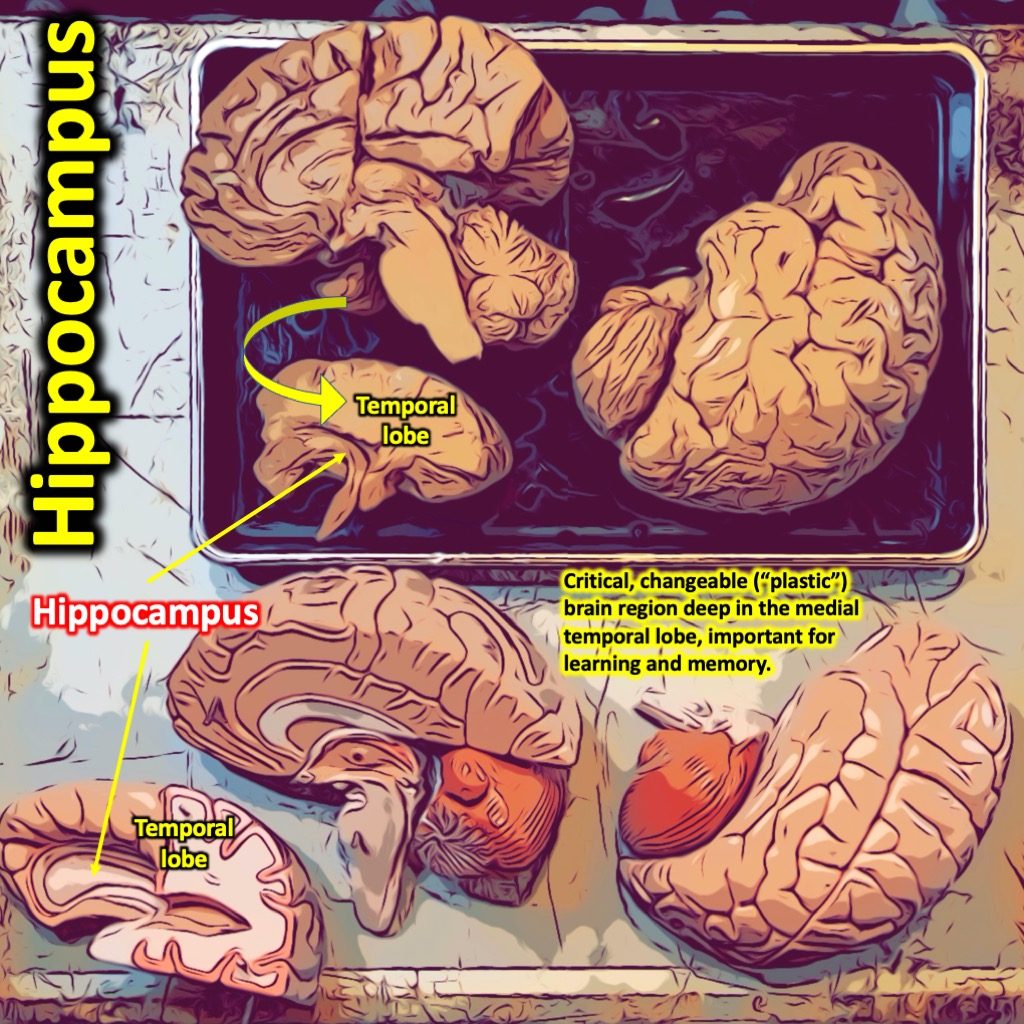
How do we know if most humans really perceive colors the same?
Could you use electrodes in the brain to simulate certain emotions or trigger certain memories or reactions?
How efficient is your brain at running, like how much energy does it make
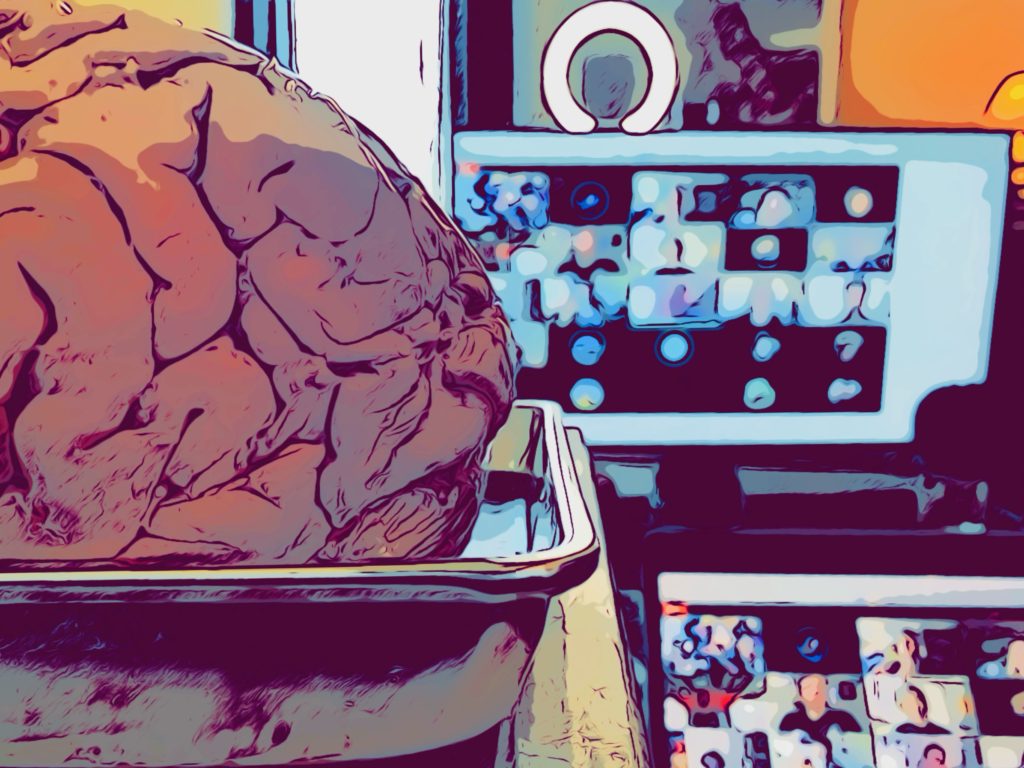
“While making up only a small fraction of our total body mass, the brain represents the largest source of energy consumption—accounting for over 20% of total oxygen metabolism. Of this, it is estimated that neurons consume 75%–80% of energy produced in the brain.
This energy is primarily utilized at the synapse with a large proportion spent in restoration of neuronal membrane potentials following depolarization. Other neuronal functions such as vesicle recycling, neurotransmitter synthesis and axoplasmic transport also contribute to synaptic energy depletion and the requirement for an elevated metabolic rate in neurons. Energy requirements are therefore not uniform throughout the brain but instead increased in localized regions dependent on neuronal activity.”
LEARN MORE: Brain Energy and Oxygen Metabolism: Emerging Role in Normal Function and Disease
“In a group of healthy volunteers, the researchers showed that different brain regions that serve distinct functions have notably different power and different cost. They then investigated the effects of alcohol on these new measures by assessing a group of people that included light drinkers and heavy drinkers and found that both acute and chronic exposure to alcohol affected power and cost of brain regions. Brain imaging used by NIH scientists to improve our understanding of how alcohol affects the brain.
“In heavy drinkers, we saw less regional power for example in the thalamus, the sensory gateway, and frontal cortex of the brain, which is important for decision making,” said Dr. Shokri-Kojori. “These decreases in power were interpreted to reflect toxic effects of long-term exposure to alcohol on the brain cells.”
LEARN MORE: NIH study of brain energy patterns provides new insights into alcohol effects
How fast can the brain process information?
What happens to the brain when you are dehydrated?
How does caffeine affect the brain?
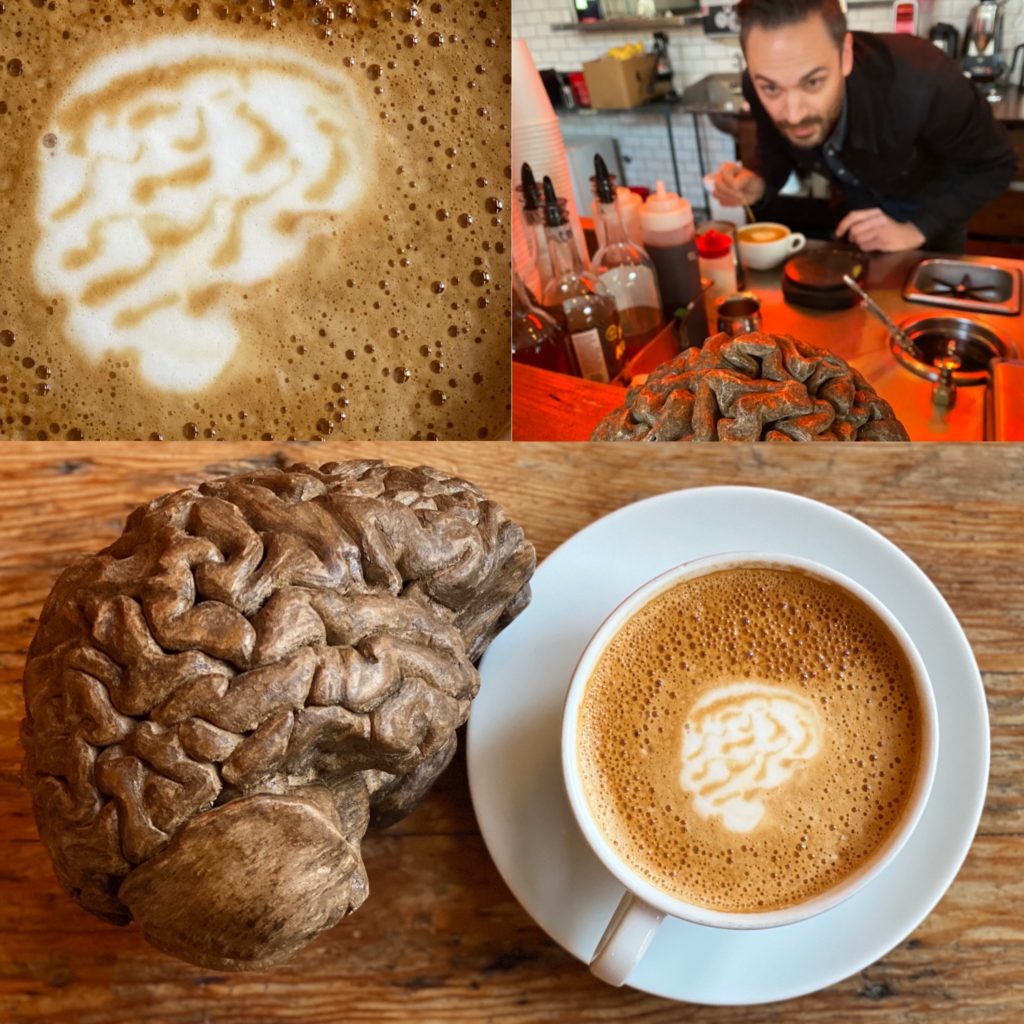
Caffeine, a chemical, acts to block (or “antagonize”) receptors for adenosine, a chemical that binds to the adenosine receptors. This reduces the release of some important neurotransmitters, among them dopamine, norepinephrine, serotonin and acetylcholine that are essential for staying alert and awake. Adenosine is a nucleotide (found in DNA, mRNA), and is also part of an important energy substrate known as ATP, or adenosine tri-phosphate.
As your day progresses, and you express your genes and use up ATP, your bloodstream levels of adenosine rise, and bind to adenosine receptors in several cerebral regions, including an area beneath the frontal cortex called the basal forebrain. This decreases brain activity and you feel sleepy, and cognitively a little slow – appropriately ready, of course, for a restorative nap.
But then Kat, Olivia or Micha serve you a glorious and rewarding cup of Stumptown at Street 14, and the caffeine finds your brain’s adenosine receptors, displacing that downer adenosine and transiently attaching itself to the receptors instead. Caffeine blocks the normal response of these receptors, so again, it is considered an adenosine receptor antagonist.
There remain copious swarms of adenosine molecules circulating in your blood, and your body still needs that rest, but your brain is no longer listening to this chemical signal with caffeine antagonizing the receptors in the basal forebrain and elsewhere where adenosine would normally act. You’re up!
LEARN MORE: Astoria Noggins: Tipsy Buzzed Mice @ Street 14
LEARN MORE: Drunk mice on espresso – what could go wrong?

If someone experiences a certain emotion a lot does that make it more likely for them to experience that emotion more often?
Would it be possible to keep a brain alive/working without it being attached to a real body?
Could you make a brain process more information faster and basically improve everybody’s brainpower. Maybe in the future curing brain illnesses.
Does long-term alcohol use affect the brain and how it functions?
Alcohol is a fascinating molecule, easily capable of crossing membranes and gaining access to the brain, with a water soluble hydroxyl (-OH) “head,” and a fat soluble, two carbon “body” – making it appear, suggests Dr. Grant, a bit like a friendly dog.
LEARN MORE: What’s a “drink..?” At the Newmark for beer & brains
How is the brain able to store and find memories
Can all drugs modify the chemical makeup of the brain?
What is happening in the brain when someone gets a headache

“A headache may feel like a pain inside your brain, but it’s not. Most headaches begin in the many nerves of the muscles and blood vessels that surround your head, neck, and face. These pain-sensing nerves can be set off by stress, muscle tension, enlarged blood vessels, and other triggers. Once activated, the nerves send messages to the brain, and it can feel like the pain is coming from deep within your head.”
LEARN MORE: What To Do When Your Head Hurts
LEARN MORE: NIH Headache Information Page
Would sending electrical signals to certain parts of the brain move certain parts of the body?
How much do we truly know about the human brain?
When you take a hallucinogenic drug what’s going on in your brain? Some say they see things when they take HD. Is the brain causing that?
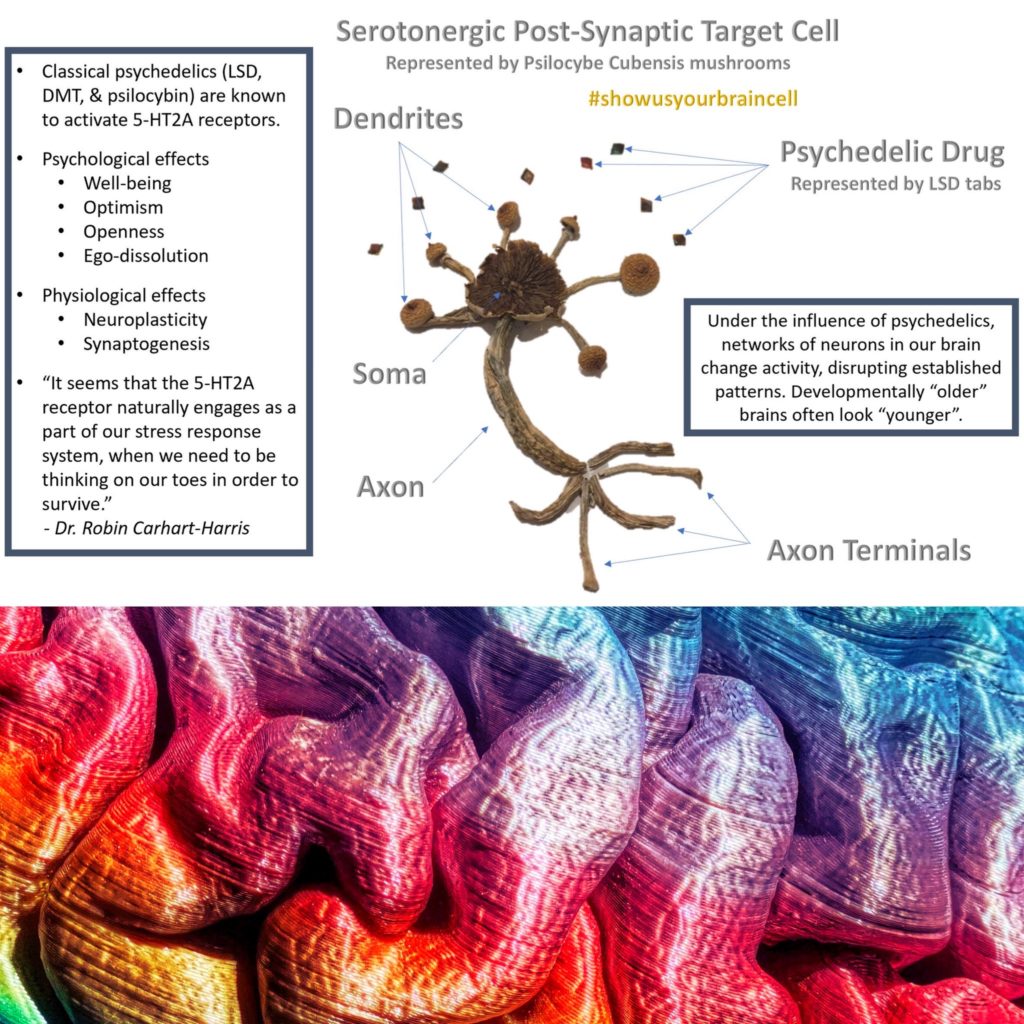
A defining quality of any psychedelic is its ability to bind to and “activate” (i.e., act as an “agonist” at) the 5HT-2A receptor (one of fifteen different receptors for the neurotransmitter serotonin).
LEARN MORE: Psychedelic Portland
Could we change the way our bodies combat sickness? To aim towards drugs being the main defender, and to lower the number of symptoms you have with a sickness, like not having a runny nose if you catch a cold.



